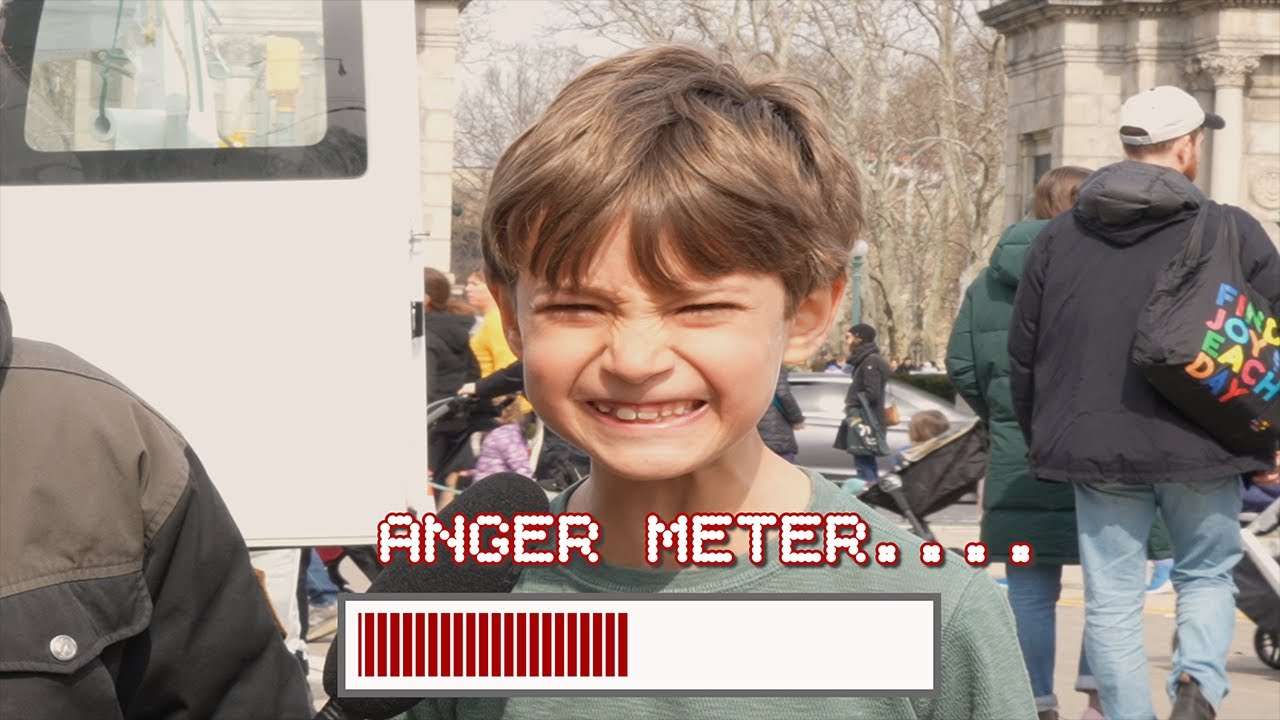Somatic therapy is a form of body-centered therapy that looks at the connection of mind and body and uses both psychotherapy and physical therapies for holistic healing. In addition to talk therapy, somatic therapy practitioners use mind-body exercises and other physical techniques to help release the pent-up tension that negatively affects a patient’s physical and emotional wellbeing.
Practitioners of somatic therapy address what they see as a split between the body. Instead, they believe mind and body are intimately connected, though not always in apparent ways. Thought, emotions, and sensations are all believed to be interconnected and influence one another.
If talk therapy has reached its limits for a patient, somatic therapy holds that the body is a largely untapped resource for psychotherapy. These resources include what can be learned from one’s gestures, posture, facial expressions, eye gaze, and movement.
Somatic therapies of different kinds have been practiced for centuries. Fundamentally, yoga and meditation can be considered somatic therapies, and both are often incorporated into guided treatments. Modern somatic therapy can take many forms:
-
Somatics: A broad term, somatics focuses on body movement as a means to improve mental health. Its history dates back to physical education movements of the 19th century, and included many practices, including yoga, pilates, and judo. Among the most prominent schools of somatics is that created by Thomas Hanna, who, in the 1970s, introduced and named the concept of “Somatics.” He theorizes that for sufferers of chronic pain , a significant amount is a result of “sensory motor amnesia,” in which neurons in the brain have lost their ability to properly control muscle tissue. He believes that through education, mindfulness , and vigorous, intentional movements akin to physical therapy, a patient can reinvigorate their mind-body pathways and relieve chronic pain.
-
Somatic Experiencing: In the 1970s, Peter Levine developed a version of somatic therapy called “somatic experiencing,” which came, in part, out of
Jungian therapy
and his observation of animals. He posited that when humans experience trauma, they can become trapped in the “freeze” part of the fight, flight, or freeze response. His idea is that we remain frozen in many parts of life as a reaction to a traumatic experience. These frozen parts of ourselves accumulate energy as they should, but expend it in ways, that are counterproductive to a healthy life, such as through stress and anxiety . The goal of somatic experiencing is to redirect this energy in healthier directions.
-
Hakomi Method: Also developed in the 1970s, by Ron Kurtz, the Hakomi method emphasizes the physical nature of how we live in our bodies. It relies on deep and sustained mindfulness. The therapy may not involve any bodywork, as the therapist will guide the patient’s attention to their bodies verbally. Non-violence is a guiding principle for the method.
-
Sensorimotor Therapy: In the 1980s and 90s, Pat Ogden helped create the field of “sensorimotor therapy.” Drawing on the fundamentals of the Hakomi method, sensorimotor therapy incorporates ideas from cognitive behavioral therapy and neuroscience
There are many more types. What underlies all somatic therapies is the belief that the body can manifest mental unease and can also help heal it.
Somatic therapy, also known as somatic experiencing therapy, is a therapy that aims to treat PTSD and other mental and emotional health issues through the connection of mind and body. This body-centric approach works by helping to release stress, tension, and trauma from the body.
Unlike standard mental health therapy, such as CBT which focuses prominently on the mind, somatic therapy incorporates body-oriented modalities such as dance, breathwork, and meditation to support mental healing. In addition, somatic experiencing therapy sessions include talk therapy and mind-body exercises.
Types of Somatic Therapy
The most common and straightforward form of somatic therapy is known as such or as somatic experiencing therapy. In this therapy, patients discuss their problems as in other forms of mental wellness therapies. Rather than just talk about them, somatic therapists guide patients to focus on their underlying physical sensations. From there, the mind-body exercises may include breath work, meditation, visualization, massage, grounding, dance, and/or sensation awareness work.
Beyond the standard somatic therapy, numerous subgroups use its framework in specific ways. These include:
- Sensorimotor psychotherapy: A comprehensive therapy that uses the body as both a source of information and intervention targets.
- The Hakomi Method: Psychotherapy that integrates scientific, psychological, and spiritual sources, focusing on four core concepts: gentleness, nonviolence, compassion, and mindfulness.
- Bioenergetic analysis: Body-psychotherapy that combines bodily, analytic, and relational work based on understanding energy.
- Biodynamic psychotherapy: A combination of allopathic (medical) and holistic therapy modalities that include physical massage by the practitioner
- Brainspotting: In addition to mind and bodywork, this therapy incorporates eye positioning to retrain emotional reactions.
Techniques
Somatic therapy operates off the idea that what happens to you in your life is stored not only in your mind but also in your body. By focusing on both the physical sensations in your body and the discussion of your problems, it is a comprehensive approach to therapy. Somatic therapy techniques include:
- Developing more awareness of your body and its sensations
- Calling upon emotional resources
- Grounding
- Encouraging detailed descriptions
- Movement, including acting out of physical feelings
- Learning tools to calm oneself
- Alternating focus between something stressful and something not stressful to help release tension
- Replaying past situations with new physical tools
- Emotional release
- Strengthening boundaries
What Somatic Therapy Can Help With
Anyone can try somatic therapy as an alternative to conventional talk therapy. It is used for a variety of mental and physical health issues.
Mental health issues that somatic therapy is used for include:
- PTSD
- Anxiety
- Addiction
- Grief
- Depression
- Stress
Physically, somatic therapy may assist with:
- Chronic pain
- Digestive disorders
- Sexual dysfunction
Because of its focuses on grounding and mindfulness, this therapy can be an effective option for anyone looking to get more in touch with themselves and their experiences in life.
Effectiveness
Somatic therapy has been shown to be an effective form of therapy for numerous psychiatric and physical issues.
Post-Traumatic Stress Disorder
Treatment for PTSD with somatic experiencing has been proven to be an effective method to speed up the time needed to heal from a traumatic event.
Initial studies of somatic therapy have found it to be an effective treatment for PTSD, noting, “mixed model linear regression analysis showed significant intervention effects for posttraumatic symptoms severity (Cohen’s d = 0.94 to 1.26) and depression (Cohen’s d = 0.7 to 1.08) both pre‐post and pre‐follow‐up.”
In other words, somatic therapy may be an effective therapy method for PTSD, although further research is needed to understand what specific patients will benefit most from this type of treatment.
When victims of a tsunami were studied, the results stated, “90% of participants reported significant improvement or being completely free of symptoms of intrusion, arousal, and avoidance. The results support the effectiveness and reliability of this modified version of Somatic Experiencing Therapy in working with trauma reactions.”
Chronic Pain
It might seem surprising to some people that a form of psychotherapy can help with physical pain, but it has shown to be the case. In one study, Somatic therapy was proven effective as a treatment for cervical myofascial pain, and the effectiveness was not increased when acupuncture was added.
Things to Consider
As with any form of therapy, it’s essential to be in an emotional and mental place where you have the time and energy to process complex feelings. If you’re doing somatic therapy in person, touch is often involved. Because of that, it’s wise to ensure you don’t mind being touched by another person.
Boundaries and consent play vital roles in touch, and you will never be touched without consent.
Somatic therapy is not considered to have any risks that are specific or unique to its format.
How to Get Started
If you’re interested in trying somatic therapy, follow these tips to get started.
Find a Therapist
The first step to starting somatic therapy is to find a therapist in your area. Depending if you want to see someone in person or virtually, you may need to look for someone doing telehealth. If you’re looking for an in-person experience so that you also receive the benefits of touch-oriented treatments, add your location into a search engine field along with your query.
Somatic therapy is common enough that you should be able to find one in most major cities. If you’re looking for a virtual therapist, check online to make sure that your potential therapist has positive reviews.
It’s important to note that most somatic therapists do not work directly with health insurance companies because somatic therapy is considered an alternative form of therapy. Many are licensed marriage and family therapists (MFTs), psychologists, or other licensed therapists and may be able to provide you with a superbill to submit to your insurance company yourself for reimbursement.
Prepare for Your First Appointment
Before your first appointment, think through your emotional and physical goals and what you want to accomplish through the therapy. As with any therapy, be aware that you may bring up old and painful memories. These are good to have distilled to tell your therapist about.
If you are seeing someone in person, prepare yourself for potential healing work conducted via touch. Whether virtual or in-person, your somatic therapist will ask you questions about your history and therapy goals during your first session. The two of you will work together to discuss what the therapy will look like and how you will proceed. What matters most is that you are comfortable with the therapist.
As with all therapies, somatic therapy may be emotionally difficult and take a long journey, though many people find a deeper level of healing than they could achieve through other therapies.
The Best Online Therapy Programs
We’ve tried, tested and written unbiased reviews of the best online therapy programs including Talkspace, Betterhelp, and Regain.




